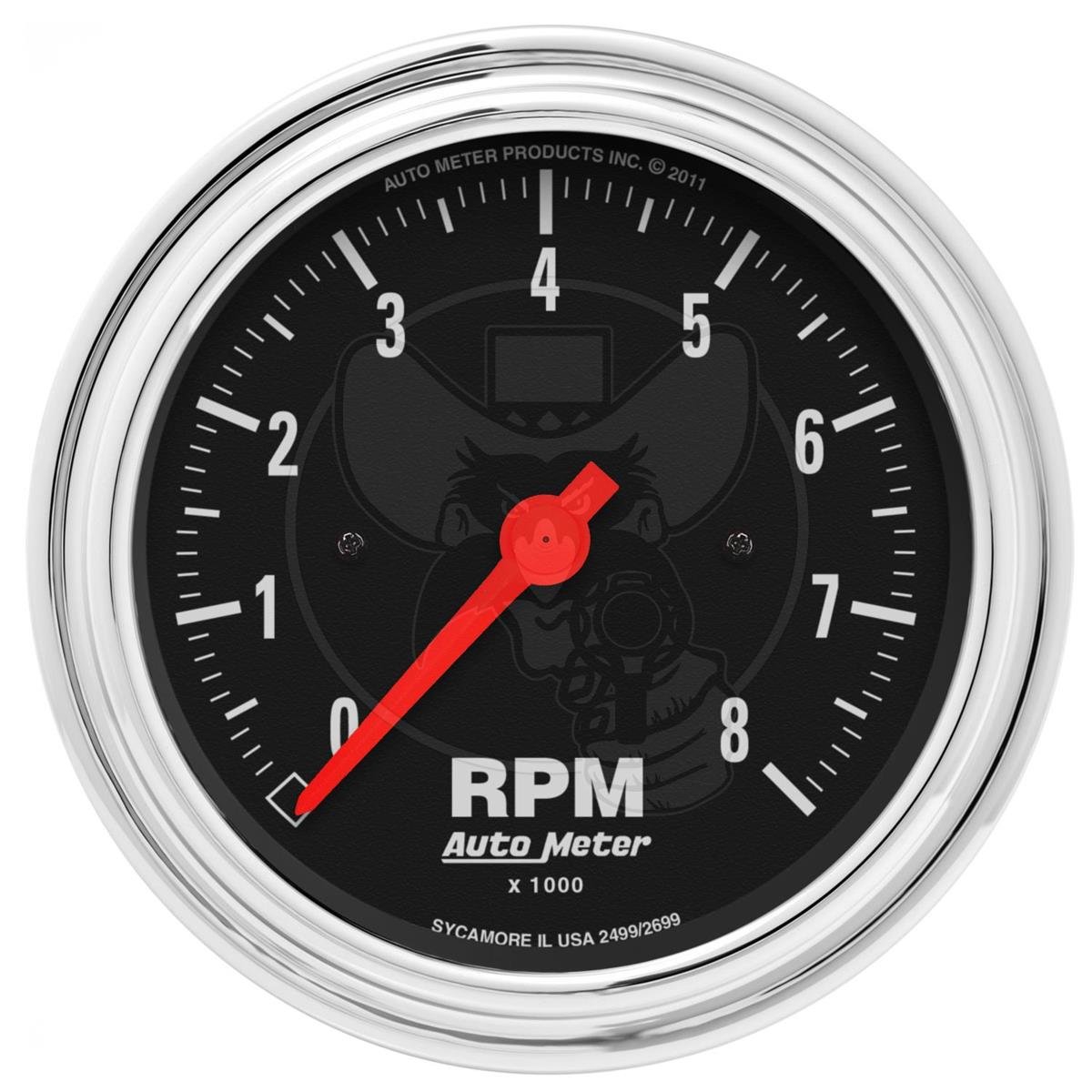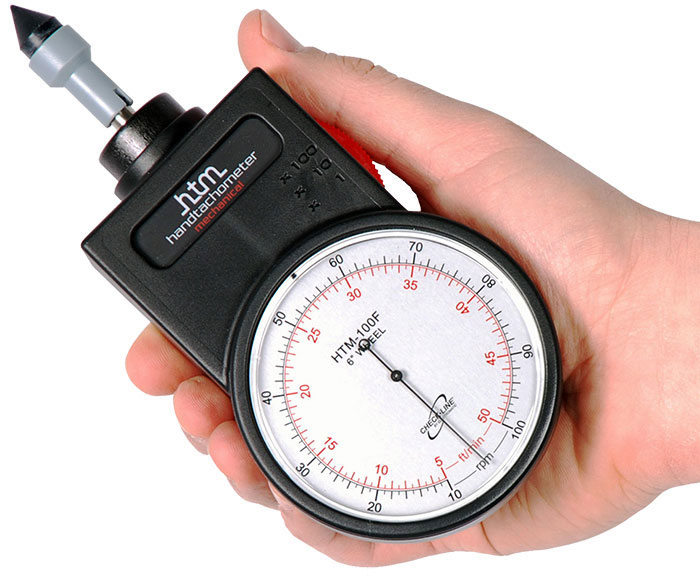Exactly How a Tachometer Assists Display Engine Health and Efficiency
Exactly How a Tachometer Assists Display Engine Health and Efficiency
Blog Article
The Value of a Tachometer in Monitoring Engine Speed and Performance in Automotive Applications
In the realm of vehicle design, the tachometer stands as a pivotal tool in the vehicle driver's collection, giving a direct window into the internal operations of a car's engine. Past its function as a plain gauge of changes per min (RPM), the tachometer functions as a critical tool for lovers and specialists alike, providing real-time understandings right into engine performance and health and wellness. Recognizing the significance of this gadget surpasses surface-level monitorings, delving into the complex partnership between engine speed, power outcome, and general driving experience. As we discover the multifaceted role of the tachometer in automobile applications, a much deeper admiration for its influence on car dynamics and effectiveness starts to arise.
Significance of Keeping Track Of Engine RPM
Keeping track of engine RPM, or transformations per minute, is a crucial aspect of automotive upkeep and efficiency examination. Engine RPM directly correlates with the speed at which the engine's crankshaft revolves, showing exactly how rapidly the engine is running - tachometer. By keeping an eye on RPM, mechanics can assess the health of the engine, identify possible problems, and fine-tune performance. An abnormal RPM analysis might signal troubles such as engine misfires, malfunctioning ignition system, or issues with the gas shipment system. Regularly high RPM readings can suggest aggressive driving routines or the requirement for a higher equipment shift to enhance gas performance.
Moreover, monitoring engine RPM is crucial for performance examination in auto racing and high-performance vehicles. Preserving optimal RPM degrees is crucial for accomplishing peak power result and acceleration. Racers usually utilize tachometers to guarantee they are operating within the suitable RPM range for maximum efficiency. In recap, keeping track of engine RPM is not just vital for finding issues however additionally for optimizing engine efficiency in numerous automotive applications.

Advantages of Real-Time Information
In automotive applications, real-time data plays an essential role in offering immediate insights into the performance and condition of the car. By continuously keeping track of different parameters such as engine speed, temperature, fuel consumption, and much more, real-time data offers numerous benefits that contribute to boosted performance and safety and security when driving.
Additionally, real-time information helps with efficiency optimization by offering prompt responses on driving routines and engine performance. Vehicle drivers can readjust their actions in real-time based on this details to accomplish far better gas economy and lengthen the life-span of their lorry.

Furthermore, real-time data plays an important role in contemporary automobile diagnostics, enabling specialists to rapidly detect and deal with malfunctions. This brings about reduced downtime, reduced upkeep costs, and ultimately, enhanced general car reliability and durability (tachometer). By harnessing the power of real-time information, automotive stakeholders can make educated choices that favorably impact both the performance and durability of the automobile
Impact on Gear Shifts
The tachometer plays a vital function in enhancing gear shifts by providing real-time engine speed information to the vehicle driver. When coming close to the redline on the tachometer, it indicates the motorist to upshift to avoid over-revving the engine and causing potential damages.
In addition, the tachometer help in accomplishing smoother gear transitions, specifically in hand-operated transmissions. By keeping an eye on engine rate, drivers can carry out equipment changes at the optimum RPM range, decreasing jerking motions and you could try this out lessening wear on the transmission components. This accuracy in gear changes not just improves driving comfort yet likewise contributes to sustain performance.
Enhancing Fuel Performance
Given the essential function the tachometer plays in optimizing equipment shifts for efficiency and engine health, it straight contributes to taking full advantage of fuel performance in automobile applications. By providing real-time comments on engine speed, the tachometer aids chauffeurs in keeping the most reliable RPM range for gas economy. When vehicle drivers regularly monitor the tachometer and change their motoring practices as necessary, they can prevent unneeded fuel usage created by over-revving or carrying the engine.
Moreover, the tachometer helps drivers identify the most fuel-efficient gear to be in at any given moment, preventing the engine from working more difficult than required. In final thought, the tachometer serves as an important tool in enhancing fuel performance by advertising optimum driving behaviors and recognizing locations for renovation in the automobile's efficiency.

Making Best Use Of Engine Long Life
The tachometer's function in monitoring engine speed and efficiency is important in making certain the durability of auto engines. Keeping track of the tachometer more helpful hints permits chauffeurs to remain within the recommended RPM variety for their lorry, avoiding unneeded strain on the engine and prolonging its life-span.

Final Thought
Finally, the tachometer plays a critical function in monitoring engine speed and efficiency in vehicle applications. By providing real-time data on RPM, it allows for effective equipment shifts, boosted fuel effectiveness, and made the most of engine long life. This tool is necessary for maintaining ideal engine efficiency and making sure the general functionality of a lorry.
Report this page